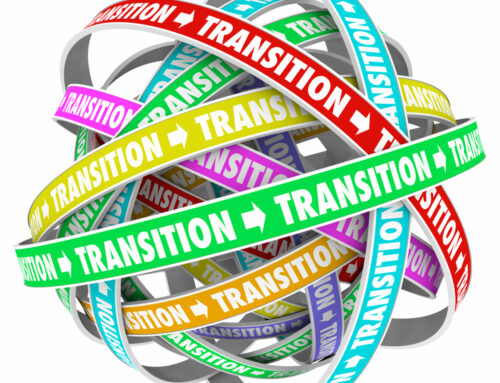Remember the movie The Incredibles? I’ll never forget the scene where Syndrome, the villain, is holding the superheroes hostage. He says, “When I’m old, and I’ve had my fun, I’ll sell my inventions so that everyone can be superheroes, everyone can be super. And, when everyone’s super, no one will be.” It seems to me that we can apply this idea to grades: when everyone has a 4.0, getting straight A’s is no longer special.
In the last several years, grade inflation has run rampant at high schools and colleges, making distinguishing between applicants more difficult than ever for college and graduate school admissions offices.
According to research from Yale professor Ray Fair, which appeared in The New York Times this past December, the percentage of students receiving A’s at Yale increased from 67.23% in 2010 to 78.97% in 2022. The increase was similar at Harvard and many other institutions. A’s, it seems, are routine rather than a sign of excellence and true understanding of course material.
The same trend is happening at high schools across the country. According to Jed Applerouth, a nationally recognized leader in test prep, tutoring and executive function coaching, “… for the admissions officer at a selective college, wading through transcript after transcript filled with A’s, the job of picking the most deserving student for a coveted spot has never been more challenging.”
If grades weren’t being artificially inflated, we’d expect to see a correlation between more A’s and higher test scores. Sadly, the opposite has occurred. USA Today reported that from 1998 to 2016, average high school GPAs rose from 3.27 to 3.38, but average SAT scores fell from 1026 to 1002. And according to another article in The New York Times, the average ACT score for the class of 2023 was the worst it’s been in over three decades. In January, David Leonhardt reported in The New York Times, that MIT’s Dean of Admissions, Stuart Schmill, said, “Just getting straight A’s is not enough information for us to know whether the students are going to succeed or not.”
It’s not just the most well known schools that are concerned. At the Midwest College Showcase Denver Counselor Institute held on March 4, Suzanne Lepley, Dean of Admission at Kalamazoo College, said Kalamazoo is “going to launch a massive investigation into how we deal with this because it’s becoming more and more of a problem.” And, Drew Riley, Director of Admission at Denison University, explained that the admissions office can see the GPA of every student who has applied from a particular high school. If “every student has a 4.0 in the most difficult curriculum, there’s likely something fishy going on.”
So, how can students stand out in the admissions process? A great test score might be useful. In fact, some colleges have recently reinstated test score requirements, pointing to grade inflation as one reason for doing so. Another way is to increase the rigor of your high school courses. But, is taking 12 AP classes really a good idea for most students? According to Applerouth, “too much academic rigor leads to increased workload and heightened stress, which can compromise student mental health and well-being.”
In the near future, it seems unlikely we’ll see fewer A’s on high school (and college) transcripts. Princeton tried putting a cap on the number of A’s its professors awarded in the mid-2000’s. But, when administrators realized they were disadvantaging Princeton graduates when it came to landing jobs or being admitted to grad school, they reversed their policy in 2014.
While students (and parents) may love looking at report cards full of A’s, Frederick Hess in Forbes writes, “Easy A’s signal to students they don’t need to work hard to succeed, give parents a false sense of how their kids are doing, and allow students to graduate without essential knowledge or skills.”
If you’re a high school student with a high GPA, it’s important to understand that alone won’t be enough for admission not only to highly selective private colleges, but to many state flagships. GPA is one part of the holistic admissions process. High school students also need to think about rigor, testing, extracurriculars and the strength of their essays and recommendations. The bottom line is that while students’ grades have gotten higher, nothing has really changed in terms of college admissions. Predicting who will be admitted to the most highly rejective institutions in America is anyone’s guess.






